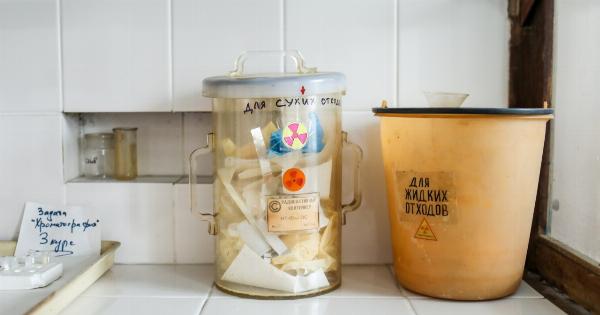Automatic elimination, or the unintentional discharge of urine or feces, can be both embarrassing and uncomfortable. It may also indicate an underlying medical condition that needs to be evaluated.
In this article, we’ll discuss the causes of automatic elimination and some solutions for managing the symptoms.
Causes of Automatic Elimination
Automatic elimination can be caused by a variety of factors, such as:.
Incontinence
Incontinence is a common cause of automatic elimination. It can be caused by weakened pelvic muscles, nerve damage, or other medical conditions. Incontinence can be urinary, fecal, or a combination of both.
Neurological Disorders
Neurological disorders, such as multiple sclerosis or Parkinson’s disease, can affect the nerves that control the bladder and rectum. This can lead to automatic elimination.
Medications
Some medications, such as diuretics or muscle relaxants, can cause automatic elimination as a side effect.
Constipation
Constipation can cause automatic elimination because it puts pressure on the bladder and rectum.
Pregnancy and Childbirth
Pregnancy and childbirth can weaken the pelvic muscles, leading to incontinence and automatic elimination.
Solutions for Automatic Elimination
Managing automatic elimination depends on the underlying cause. Here are some solutions for managing the symptoms:.
Kegel Exercises
Kegel exercises can strengthen the pelvic muscles, helping to control urine and fecal discharge. To do a Kegel exercise, contract the muscles you would use to stop the flow of urine. Hold the contraction for three seconds, then relax for three seconds.
Repeat this ten times, three times a day.
Medications
Some medications can be used to treat incontinence and automatic elimination. Talk to your doctor about which medication may be right for you.
Surgery
In some cases, surgery may be recommended to repair the underlying cause of incontinence or automatic elimination.
Bowel and Bladder Retraining
Bowel and bladder retraining involves training your body to hold urine or fecal matter for longer periods of time. This can help reduce the frequency of automatic elimination.
Dietary Changes
Changing your diet may help reduce incontinence and automatic elimination. Avoiding foods and drinks that irritate the bladder, such as spicy foods and alcohol, can help. Eating foods high in fiber can also help reduce constipation.
Conclusion
Automatic elimination can be a difficult and uncomfortable condition to deal with, but there are solutions available.
If you are experiencing automatic elimination, talk to your doctor to determine the underlying cause and develop a treatment plan that works for you.




























